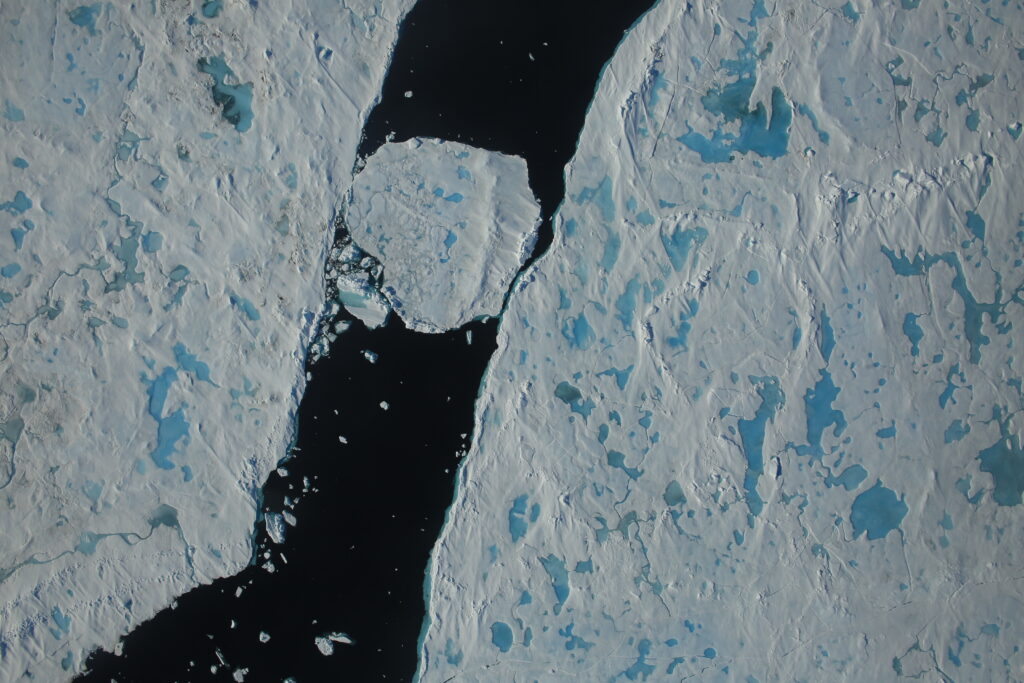
ESSIC/CISESS scientists Sinéad Farrell and Kyle Duncan have a new paper out in Geophysical Research Letters titled, “Mapping Sea Ice Surface Topography in High Fidelity With ICESat‐2”.
The paper discusses NASA’s ICESat-2 photon-counting lidar, the Advanced Topographic Laser Altimeter System (ATLAS), which delivers the highest-fidelity measurements of sea ice surface topography ever obtained from a spaceborne platform. It is able to provide meter-scale resolution of sea ice surface topography, a measurement previously unattainable from a spaceborne altimeter.
This work demonstrates new methods that use ICESat-2 measurements to derive six key sea ice parameters across a variety of sea ice conditions. The sea ice parameters include surface roughness, ridge height, ridge frequency, melt pond depth, floe size distribution, and lead frequency. Because of ICESat-2’s high fidelity measurements, researchers are now able to track changes in these aspects of Earth’s sea ice cover throughout the year. This gives unprecedented insights into how the sea ice evolves through the seasons and changes from year-to-year. These insights will be used to further advance sea ice forecasting and modeling.
Farrell is a principal investigator on the NASA ICESat-2 Science Team and a member of the Mission Advisory Group for the Copernicus Polar Ice and Snow Topography Altimeter. She is also an associate professor with the University of Maryland Department of Geographical Sciences.
Kyle Duncan is an ESSIC Senior Faculty Specialist and is based at the NOAA Laboratory for Satellite Altimetry. His main research interests include active remote sensing, laser altimetry over sea ice and ice sheets, and the impact of polar climate change on the Earth’s climate system.
To access the article, click here: “Mapping Sea Ice Surface Topography in High Fidelity With ICESat‐2”.
This work is also being presented at the virtual 2020 American Geophysical Union (AGU) Fall Meeting. Ellen Buckley’s December 8 oral presentation can be accessed here. Dr. Farrell’s December 10 oral presentation can be accessed here. Kyle Duncan’s poster presentation can be accessed here.






